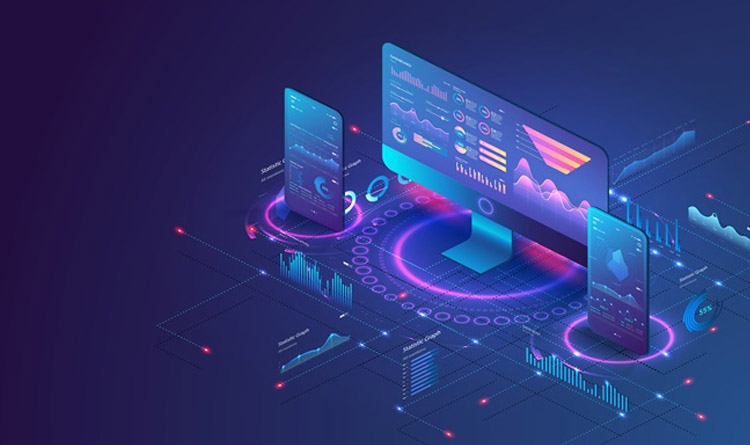
Web development continues to evolve rapidly due to improved technologies, shifting user preferences, and evolving industry standards. Remaining informed about these trends and incorporating them into your organization can help you remain ahead by creating innovative and impactful web experiences for users.
Progressive Web Apps (PWAs): PWAs combine the best features of web and mobile apps, offering a seamless user experience across devices. They provide features such as offline access, push notifications, and home screen installation. Starbucks’ PWA, which allows users to order coffee and earn rewards directly from their browsers. The Starbucks’ PWA can be used offline, allowing for convenient access without having to visit the app store and integrates with the device’s geolocation and push notifications to improve the user experience. Learn more about Progressive Web Apps (PWAs)
Voice User Interfaces (VUIs): With the increasing popularity of smart speakers and virtual assistants, VUIs are becoming more prevalent in web development. Coders can integrate voice commands and responses into websites and applications, enhancing accessibility and user engagement. Examples include Google Assistant’s integration with various websites for tasks like booking reservations or checking flight status.
Augmented Reality (AR) and Virtual Reality (VR): AR and VR technologies are revolutionizing web experiences by offering immersive and interactive content. Coders can leverage frameworks like A-Frame and AR.js to create AR/VR experiences accessible through web browsers. Examples include Ikea’s AR app, allowing users to visualize furniture in their homes before purchase.
WebAssembly (Wasm): WebAssembly is a low-level bytecode format that enables high-performance execution of code in web browsers. Coders can use languages like C, C++, and Rust to compile code into Wasm, allowing for faster and more complex web applications. Examples include games and multimedia applications that require high computational performance.
JAMstack Architecture: JAMstack (JavaScript, APIs, and Markup) is a modern web development architecture focused on performance, security, and scalability. Coders can build websites using static site generators like Gatsby and Next.js, coupled with serverless functions and APIs for dynamic content. Examples include e-commerce sites like Netlify, which leverages JAMstack for fast and secure online shopping experiences.
Low-Code and No-Code Development: Low-code and no-code platforms empower non-technical users to create web applications without extensive coding knowledge. Coders can integrate these platforms into their workflows to accelerate development and empower clients to build their solutions. Examples include platforms like Webflow for designing websites visually and Bubble for building custom web applications without code.
Machine Learning and AI Integration: Machine learning and AI technologies are increasingly being integrated into web development to enhance personalization, automation, and data analysis. Coders can leverage libraries like TensorFlow.js and scikit-learn.js to implement ML/AI algorithms directly in web applications. Examples include recommendation engines on e-commerce websites and chatbots for customer support.
Ethical and Inclusive Design: As awareness of digital accessibility and inclusivity grows, coders should prioritize ethical and inclusive design principles in their projects. This includes ensuring websites are accessible to users with disabilities and considering the impact of algorithms on marginalized communities. Examples include designing websites with clear navigation and providing alternative text for images to assist screen reader users.
